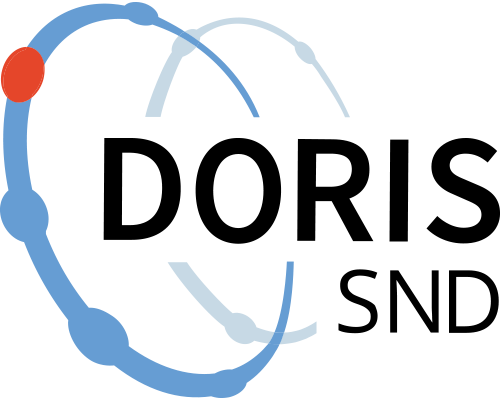Data for: A. salmonicida infection inhibits rainbow trout gill mucin production
https://doi.org/10.5878/r0k2-qh43
The scoring system for both mucus production and histopathology is described in the research article "A. salmonicida infection inhibits rainbow trout gill mucin production" in the methods section. A. salmonicida (Aeromonas salmonicida).
The variables examined in the data set are quantitative data and based on two main histological scoring systems. In tabs 2, 5 and 6 the scoring is based on how far an injected label is transported within the cell from its starting point (perinuclear; around the nucleus) over time or during insult (such as exposure to bacteria). The goblet cell is split into 4 regions from bottom to top of the mucus producing cell; perinuclear, mid cytoplasm, near apical cell surface and at apical cell surface. Each location/compartment received a score from 0-4 based on intensity of the label. This method is executed in vivo fish (tabs 2 and 5); where in tab 2 the label is injected at time 0 and collected at different time points following the injected label to study mucus production over time. In tab 5, a similar method is used, however, for this the fish were grouped into three different timepoints (8 h, 32 h and 7 days after injection of the label) and further subgrouped into non-immersed control fish and immersed fish in different concentrations of bacteria. Hence, allowing for investigation of mucus production over time and under stimulation.
In in vitro fish gill cells (tab 6) grown on cell culture plates grouped in either non-infected controls, infected and cytokine-treated groups were analyzed similarly at 6 h after addition of label, added to the growth medium.
In tab 4: Histological sections stained with Hematoxylin/Eosin were evaluated for pathology. For this we used the groups of fish investigated in tab 5 (above). On a general basis, the different categories of tissue changes (17 in total) were assigned to two groups; group 1 encompassed tissue changes thought to represent less negative impact on the gill function and/ or that are usually seen as readily reversible, while group 2 contained tissue changes that are thought to possess a greater influence on the gill function and/ or take longer time to heal. To reflect this expected influence on the gill function, categories of tissue changes of group 2 were given a higher score compared to categories of tissue changes of group 1 given the same relative distribution of tissue changes. In theory, the maximum gill histopathology score with this scoring model was 104, but in general terms, a score under 10 was regarded as mild changes, a score from 10 to under 20 as moderate changes, while a score above 20 was regarded as severe change.
The data is available in excel-format.
Data files
Data files
Documentation files
Documentation files
Citation and access
Citation and access
Data access level:
Creator/Principal investigator(s):
Research principal:
Data contains personal data:
No
